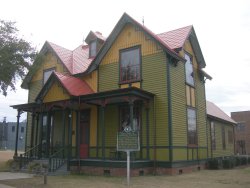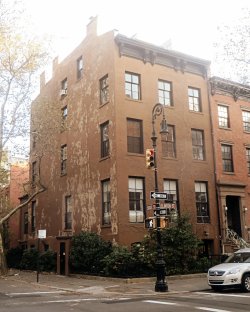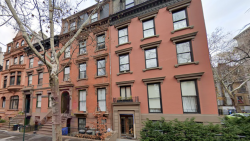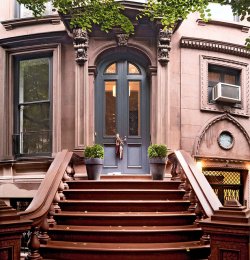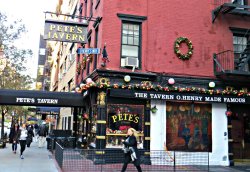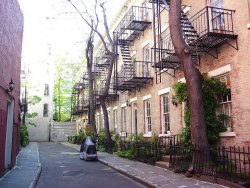Tennessee Williams’ Birthplace
The Tennessee Williams Home and Welcome Center is the first home of Pulitzer Prize-winning playwright Tennessee Williams. The author made history with well-known plays such as A Streetcar Named Desire, Cat on a Hot Tin Roof, and The Glass Menagerie.
Tennessee Williams was born in Columbus, Mississippi in 1911. He spent his beginning years in an old Victorian home that was the rectory for St. Paul’s Episcopal Church. Williams’ grandfather, Reverend Walker Dakin, served as a minister for the church.
